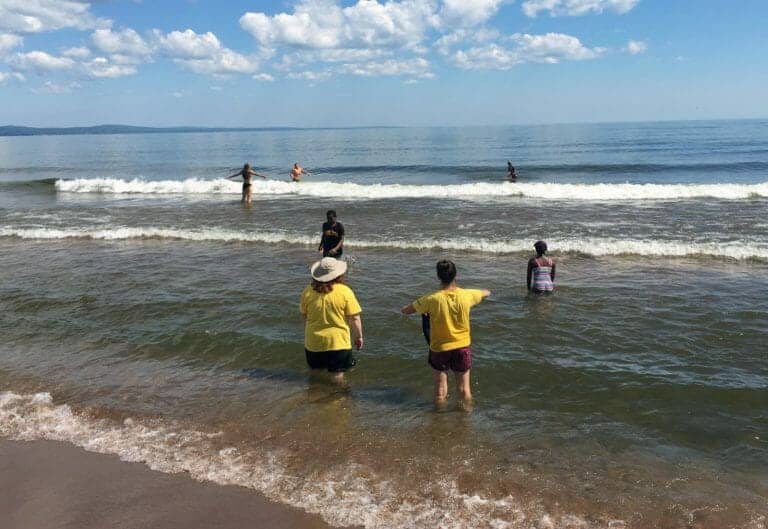Photo: Lake Superior, seen from the Park Point beach in Duluth in August.
Many people who’ve spent much time around the Great Lakes take for granted that Lake Superior is the largest, coldest and clearest of the lakes. Not anymore. While Lake Superior has not gotten any dirtier, lakes Huron and Michigan have gotten significantly clearer in the past 20 years or so, a study published earlier this year in the Journal of Great Lakes Research found.
Anecdotally, scientists knew water clarity was improving in those lakes. But it hadn’t been quantified. "What surprised us was the magnitude of the change," said Robert Shuchman, a study co-author and co-director of the Michigan Tech Research Institute. "We had no idea the data was going to tell us that Huron and Michigan have surpassed the water clarity in Lake Superior. That was the startling piece."
Scientists analyzed satellite images of the lakes captured between 1998 and 2012. Over that period, they found, the depth that light could penetrate down into the water — known as the photic zone — increased by about 20 percent in lakes Michigan and Huron. They attribute part of that change to less phosphorous runoff. Climate change also likely plays a role. But the dominant factor is the explosion of invasive zebra and quagga mussels in the lakes since the late 1990s, researchers concluded.

Some of the highest abundances of quagga mussels in the world are found in Lake Michigan, said Gary Fahnenstiel, a senior research scientist at Michigan Tech and study co-author.[…]
Full article: Superior is no longer the clearest of the Great Lakes

